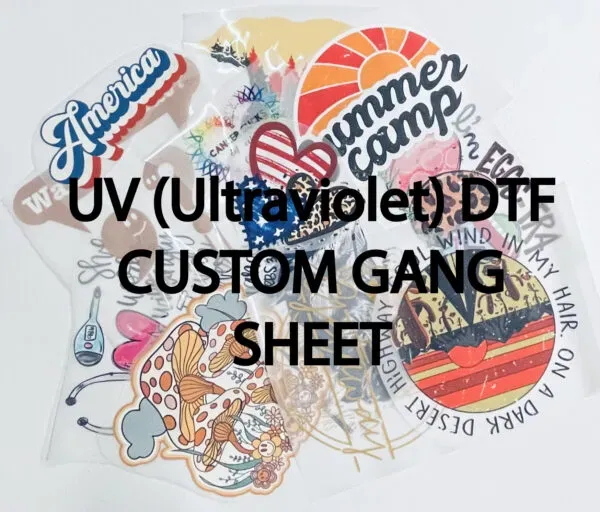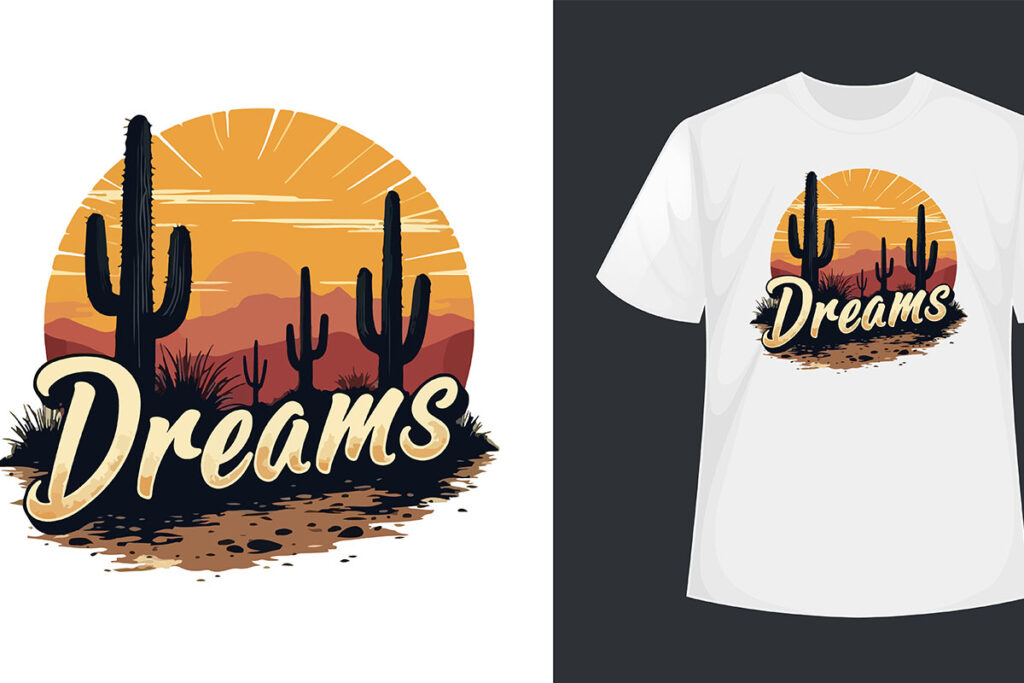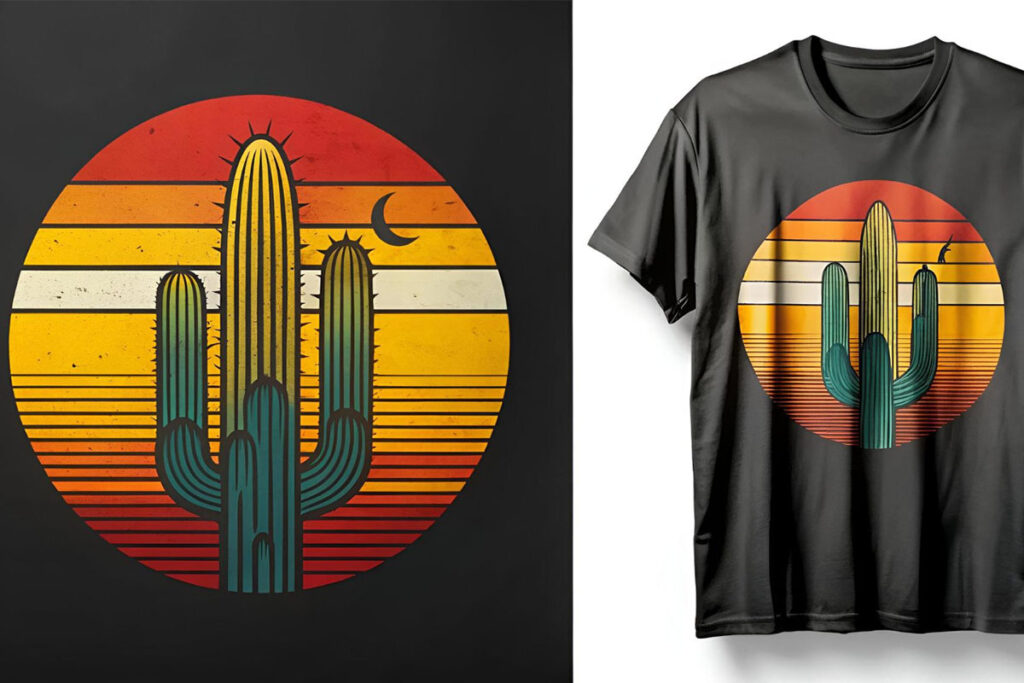UV DTF Gangheet Techniques are at the forefront of modern printing, revolutionizing how creative professionals and hobbyists transfer stunning designs onto a diverse range of materials. This innovative approach combines Direct to Film (DTF) printing with the efficiency of UV printing, promising not only vibrant colors but also exceptional durability. Whether you are venturing into the world of print for the first time or seeking to enhance your existing repertoire, mastering these techniques is crucial. In this guide, we explore essential aspects such as equipment requirements, detailed processes, and best practices that will help you on your journey to becoming a UV DTF printing expert. Embrace these print transfer methods to unlock a realm of creative possibilities and elevate your projects to new heights.
The realm of UV DTF printing encompasses a blend of advanced methods that bring designs to life efficiently and vividly. Often referred to as Direct to Film printing techniques, this process employs UV ink printing to produce high-quality transfers seamlessly. This innovative approach allows a diverse range of substrates to be adorned with striking imagery, providing endless opportunities for personalization and branding. By utilizing print transfer methods that involve precise UV curing, this technology stands out for its remarkable durability and vibrancy. As we delve into the intricacies of these techniques, prepare to harness the potential of UV DTF printing to amplify your creative projects.
Exploring DTF Printing Techniques for Beginners
Direct to Film (DTF) printing techniques have gained significant traction in the custom printing industry, particularly for their ability to produce high-quality, vibrant prints on various materials. For beginners, the process may seem intimidating, but understanding the basic components involved can facilitate a smoother learning curve. DTF printing primarily revolves around a simple yet effective method where designs are printed on a special film that is later transferred onto the desired substrate using a heat press.
It’s essential for newcomers to familiarize themselves with key terminology and techniques surrounding DTF printing. Knowing how to prepare images for print, selecting the right films, and using suitable inks are foundational elements that will impact the final product’s quality. By embracing these essential DTF printing techniques, beginners can confidently explore their creativity and expand their printing capabilities.
Understanding the Benefits of UV Printing
UV printing is transforming the landscape of the digital printing industry through its unique advantages. The use of ultraviolet light to cure inks enables printing on various materials, including wood, metal, glass, and plastics, which seemed difficult to achieve with traditional methods. This versatility means that businesses can cater to a broader clientele while maintaining high-quality outputs. Furthermore, UV inks are known for their vivid color representation, which adds to the appeal of the final products.
Additionally, UV printing results in increased durability compared to conventional inks. Prints made with UV inks exhibit resistance to scratches, fading, and moisture, making them ideal for items that undergo regular handling or exposure to the elements. Businesses leveraging UV printing can ensure customer satisfaction as they offer products that stand the test of time.
The Equipment You Need for Successful DTF Printing
Investing in the right equipment is crucial for anyone looking to excel in DTF printing. Firstly, a high-quality printer specifically designed for DTF processes is required. These printers should be compatible with UV-curable inks that cure quickly, allowing for faster production times without sacrificing quality. Furthermore, selecting a printer that can handle larger print formats can be a significant advantage for those looking to tackle bigger projects.
In addition to the printer, obtaining high-quality transfer films is vital. Films play a pivotal role in achieving optimal ink transfer and vibrancy in the final product. Choosing films that are specifically designed for UV printing will enhance the final look and feel of the transfers. A reliable heat press is equally important; it applies the necessary pressure and temperature to transfer the design effectively onto the substrate, ensuring longevity and quality.
Step-by-Step Guide to Mastering UV DTF Gangheet Techniques
To begin mastering UV DTF Gangheet techniques, one must first prepare their designs effectively. Using graphic design software, it’s important to create high-resolution artwork that considers the limitations and capabilities of the printer and transfer films. This preparation includes selecting the right color profiles to ensure the final print matches expectations. After designs are prepared, they can be printed onto the special films using UV inks.
Once the printing process is complete, the films undergo curing. This step is essential, as it solidifies the inks onto the film. After curing, placement on the substrate, and the application of heat and pressure with a heat press will ensure a successful transfer. This step must be approached carefully, following recommended temperatures tailored to the specific substrate in question to achieve the best results.
Best Practices to Enhance Your DTF Printing Outcomes
To achieve optimal results in UV DTF printing, adherence to best practices is crucial. One vital practice is conducting test prints to fine-tune settings before moving on to larger batches. This ensures that the equipment functions well with the specific materials being used, minimizing waste and maximizing quality. Regular maintenance of the printer and heat press is also essential to avoid issues that could affect quality.
Additionally, exploring various substrates and finishes can lead to discovering unique looks and effects that elevate your printing game. Testing glossy versus matte finishes will unveil distinct outcomes that may suit different projects. By maintaining an experimental mindset, you can continually expand your creative boundaries and enhance your UV DTF printing capabilities.
Resources for Learning More about UV DTF and DTF Techniques
As a beginner in UV DTF printing, leveraging educational resources plays a significant role in your learning journey. Online platforms such as YouTube offer an extensive range of tutorials detailing each step in the DTF printing process. These visual guides allow you to follow along and absorb techniques more effectively than traditional text-based instructions.
Joining online forums and communities can also be a valuable resource for beginners. Engaging with other printing enthusiasts provides exposure to shared experiences, practical tips, and troubleshooting advice. Such communities foster a supportive environment where you can ask questions and learn from others who have navigated similar challenges in their printing journeys.
Frequently Asked Questions
What are UV DTF Gangheet Techniques and how do they differ from traditional DTF printing techniques?
UV DTF Gangheet Techniques combine the principles of Direct to Film (DTF) printing with UV curing technology, allowing for vibrant color outputs on various substrates. Unlike traditional DTF printing, which primarily uses water-based inks, UV DTF utilizes UV inks that cure instantly, enhancing durability and versatility in applications.
Can you explain the equipment needed for UV DTF Gangheet Techniques?
Essential equipment for UV DTF Gangheet Techniques includes a dedicated UV printer compatible with UV-curable inks, specialized transfer films that ensure vibrant color outputs, and a reliable heat press to secure prints onto substrates effectively.
What are the main steps to implement UV DTF printing techniques successfully?
To successfully execute UV DTF printing techniques, follow these main steps: prepare high-quality designs using graphic design software, print the designs on UV-compatible transfer film, cure the printed film with UV light, and use a heat press to transfer the design onto the desired substrate.
What substrates work best with UV DTF Gangheet Techniques?
UV DTF Gangheet Techniques are highly versatile and can be applied to a variety of substrates, including fabric, metal, plastic, and rigid surfaces. Experimenting with different materials can yield unique results, catering to diverse project needs.
What are some best practices for achieving high-quality results with UV DTF printing techniques?
Best practices for UV DTF printing techniques include testing print settings on sample materials before large batches, regular maintenance of the printing equipment, and experimenting with different finishes to find the perfect look for your projects.
Where can I find resources to learn more about mastering UV DTF Gangheet Techniques?
To deepen your understanding of UV DTF Gangheet Techniques, consider exploring online tutorials on platforms like YouTube, engaging in discussion forums, and attending workshops or webinars focused on advanced printing techniques and industry trends.
| Key Point | Description |
|---|---|
| Introduction | Overview of UV DTF Gangheet Techniques and their significance in modern printing. |
| Understanding UV DTF Printing | Reflects a fusion of traditional DTF printing and UV curing, offering versatility and durability for various materials. |
| Key Equipment Needed | Essential tools include a dedicated UV printer, transfer film, and a heat press for successful execution. |
| Mastering Techniques: Steps | Includes steps such as design preparation, printing, transfer process, and quality finishing touches. |
| Best Practices | Emphasizes testing prints, regular maintenance of equipment, and exploring different substrates. |
| Learning Resources | Utilize online tutorials, forums, and workshops to enhance learning and skill development. |
Summary
UV DTF Gangheet Techniques provide a remarkable opportunity for both beginners and seasoned printers to enhance their creative and technical skills in the printing industry. These techniques blend advanced UV curing methods with the practicality of Direct to Film printing, resulting in vibrant and durable outputs across a multitude of substrates. As you delve into mastering these techniques, it is essential to familiarize yourself with the necessary equipment, understand each step of the printing process, and adhere to best practices for optimal results. Leveraging resources such as online tutorials and community forums can further solidify your expertise. With practice and dedication, anyone can excel in UV DTF printing, unlocking new realms of creativity and innovation in their printing projects.



